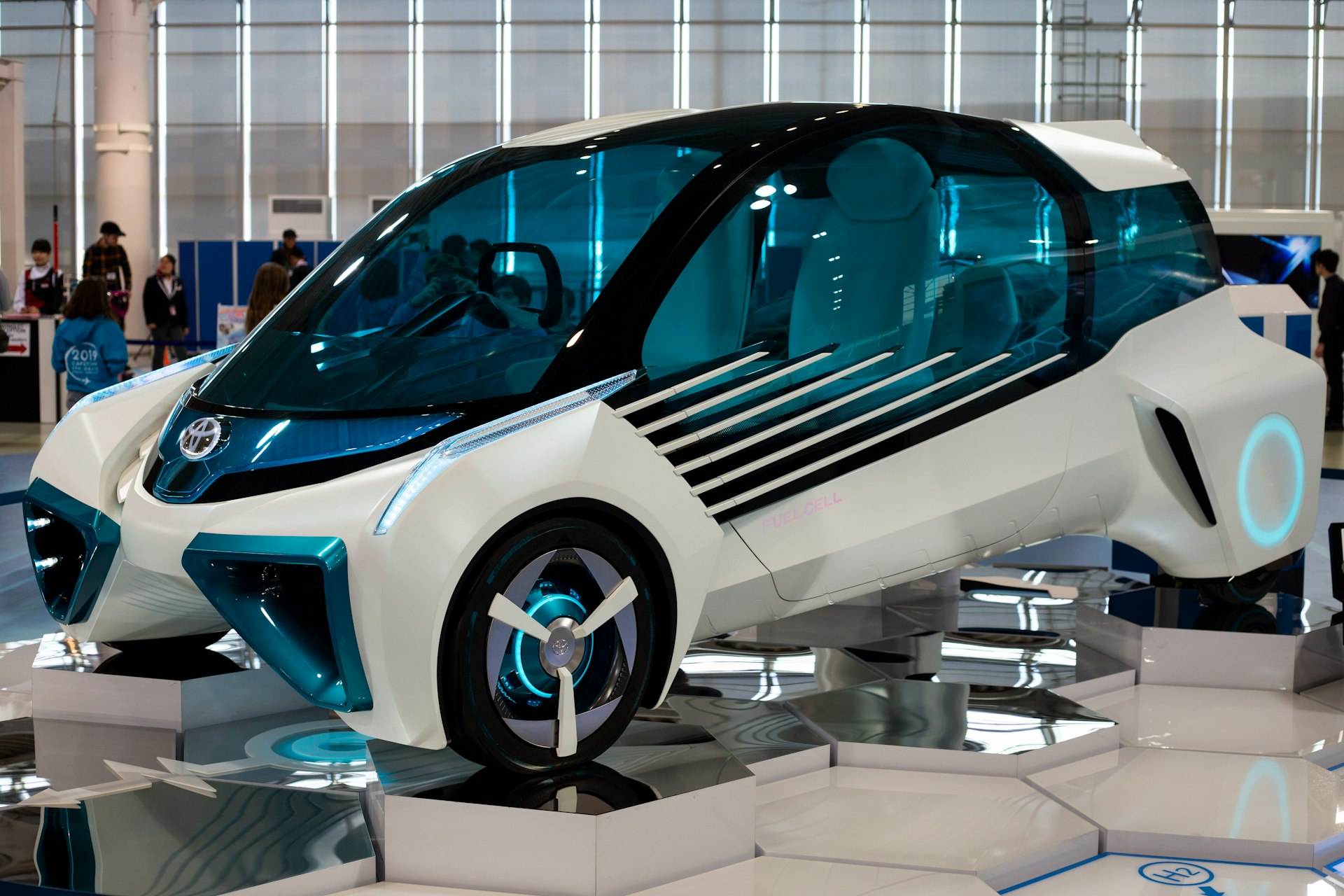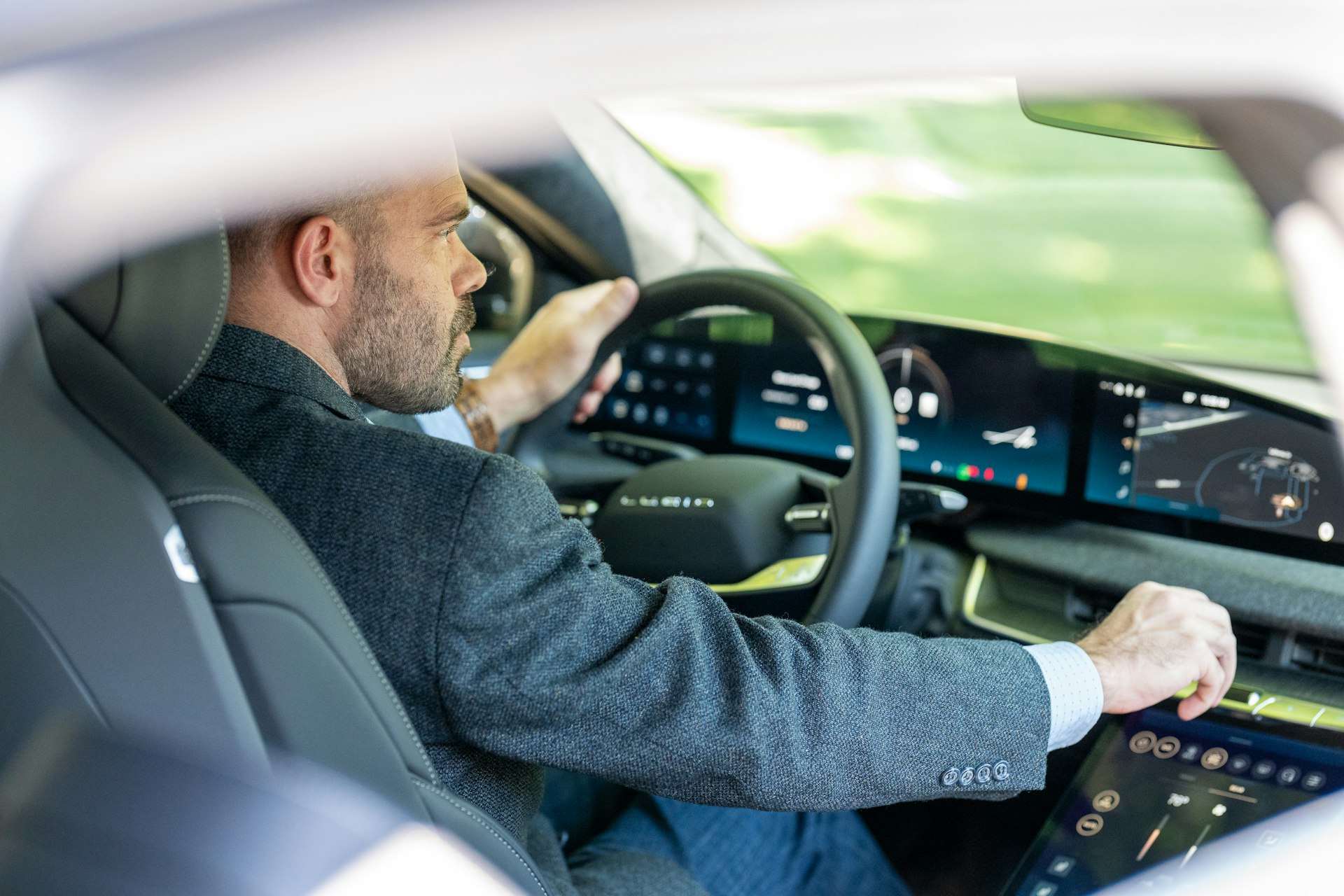Unlocking the Smart Car Revolution: How 5G Connectivity Drives Safety, Efficiency, and Innovation

Photo by Frederik Lipfert on Unsplash
Introduction: The Dawn of 5G-Powered Smart Cars
The automotive industry stands on the brink of a technological revolution, fueled by 5G connectivity that promises to redefine the capabilities of smart cars. With ultra-fast data transmission, minimal latency, and massive device connectivity, 5G is rapidly advancing how vehicles communicate, process information, and interact with their environment. This article explores the actionable benefits, real-world use cases, and essential steps for leveraging 5G in smart automotive solutions.
Core Features of 5G Connectivity in Smart Cars
5G technology offers several unique features that set it apart from previous wireless standards:
- Ultra-Low Latency: Communication delays drop to just 1 millisecond, enabling real-time responsiveness vital for autonomous driving and safety systems [2] .
- High Bandwidth: Vast amounts of data-from HD maps and sensor feeds to streaming media-can be processed instantly, supporting advanced infotainment and navigation [1] .
- Massive Device Connectivity: Millions of vehicles, sensors, and infrastructure points can connect simultaneously, forming a true vehicle-to-everything (V2X) ecosystem [2] .
- Enhanced Reliability: Stable connections persist even in dense urban or remote rural areas, supporting uninterrupted safety and navigation services [2] .
Transformative Applications of 5G in Smart Cars
1. Enhanced Safety Through Real-Time Communication
5G enables vehicles to instantly share data with other cars, infrastructure, and even pedestrian smartphones, dramatically improving road safety. For example, if a car brakes suddenly, 5G networks alert following vehicles, reducing collision risk [4] . Emergency services can receive immediate notifications about accidents or hazardous conditions, allowing for faster response times [5] .
To access these safety benefits, automakers and fleet managers can:
- Invest in vehicles equipped with 5G modems and V2X-compatible sensors.
- Collaborate with cities and infrastructure providers to support connected traffic management systems.
- Regularly update vehicle software to ensure compatibility with evolving 5G standards.
2. Autonomous Driving and Driver Assistance
5G’s low latency is essential for autonomous vehicles and advanced driver assistance systems (ADAS). Self-driving cars leverage 5G to process real-time sensor data, communicate with traffic signals, and adapt to rapidly changing road conditions [3] . In recent pilot programs, 5G-enabled autonomous vehicles have demonstrated the ability to navigate busy streets, avoid hazards, and even be remotely controlled by operators outside the vehicle [3] .
Implementation steps for organizations include:
- Partnering with technology firms to integrate 5G modules into vehicle platforms.
- Testing autonomous features in controlled environments to validate safety and reliability.
- Staying informed of regulatory developments and safety standards for autonomous mobility.
3. Improved Traffic Efficiency and Eco-Friendly Operations
Connected vehicles using 5G can adjust traffic signals and routes in real-time, reducing congestion, travel times, and fuel consumption [1] . Cities deploying 5G-enabled infrastructure see measurable reductions in carbon emissions and smoother traffic flow.
For public agencies or private fleets hoping to benefit, the process generally involves:
- Coordinating with municipal IT departments and transportation authorities.
- Deploying roadside sensors and smart traffic lights compatible with 5G networks.
- Monitoring performance metrics to optimize routes and schedules dynamically.
4. Next-Generation Infotainment and Passenger Experience
5G brings high-speed internet to vehicles, powering seamless streaming, online gaming, and real-time navigation. Passengers enjoy HD video, uninterrupted connectivity for work or entertainment, and predictive maintenance alerts [1] .
To maximize passenger experience, car owners and fleet managers can:
- Select vehicles with integrated 5G entertainment systems.
- Utilize manufacturer apps for remote diagnostics and personalized settings.
- Schedule regular remote software updates to maintain optimal performance.
Practical Guidance for Accessing 5G Smart Car Capabilities
If you want to benefit from 5G in your vehicle or fleet, consider these steps:

Photo by Divyadarshi Acharya on Unsplash
- Consult your vehicle manufacturer about 5G upgrade options or new model availability.
- Work with certified automotive technology providers to retrofit older vehicles with compatible hardware.
- Research local infrastructure initiatives by contacting your city’s transportation or IT department for information on connected vehicle programs.
- For business fleets, reach out to established telematics companies offering 5G-enabled solutions. Some well-known providers can be found by searching “5G automotive telematics solutions.”
- Stay updated on consumer and regulatory trends by visiting industry news portals and official automotive association websites.
Note: As 5G infrastructure continues to expand, availability may vary by location. You may need to check with your cellular provider or vehicle manufacturer for the most up-to-date information on coverage and compatibility.
Potential Challenges and Solutions
While the promise of 5G smart cars is immense, several challenges exist:
- Infrastructure Gaps: Full benefits require widespread 5G network deployment and compatible roadside equipment. Solution: Advocate for public-private partnerships and monitor infrastructure rollout in your region.
- Data Privacy and Security: Increased connectivity raises concerns about data breaches. Solution: Use reputable vendors and inquire about data encryption and privacy safeguards.
- Cost of Upgrades: Retrofitting older vehicles or purchasing new 5G-enabled models can be expensive. Solution: Evaluate total cost of ownership and seek out manufacturer incentives or fleet discounts.
Alternative Approaches
For regions where 5G is not yet fully deployed, alternatives include:
- Utilizing 4G LTE connectivity for basic telematics and entertainment features, while planning future upgrades.
- Exploring hybrid solutions that combine cellular networks with Wi-Fi and satellite communication for broader coverage.
- Engaging in pilot programs and public trials to experience 5G features as infrastructure becomes available.
Key Takeaways
5G connectivity is rapidly transforming the landscape of smart cars, delivering enhanced safety, efficiency, and convenience. By understanding the core benefits, following actionable steps to access services, and staying informed about industry developments, drivers and fleet managers can position themselves at the forefront of automotive innovation.
References
- [1] CBT News (2023). How 5G connectivity will transform the automotive industry.
- [2] Automotive Technology (2024). The Role of 5G in Advancing Connected Vehicle Ecosystems.
- [3] Robustel (2023). How 5G autonomous vehicles will benefit from 5G.
- [4] IT Supply Chain (2023). 5G, IoT, and Smart Cars: A New Era of Road Safety and Driving Convenience.
- [5] 5G Store (2023). 5G-Connected Vehicle Benefits & Challenges.
MORE FROM ismath.net













